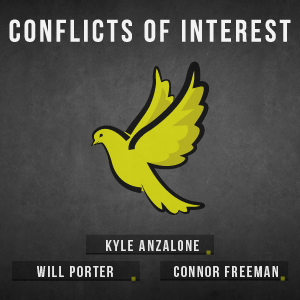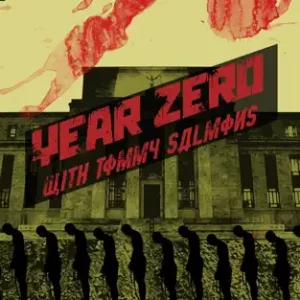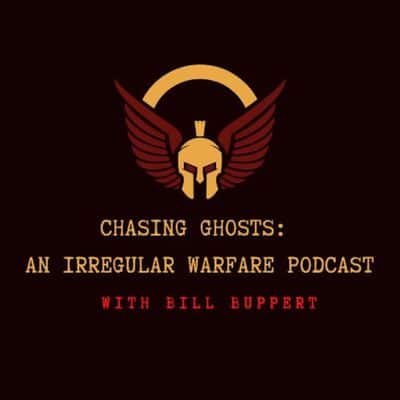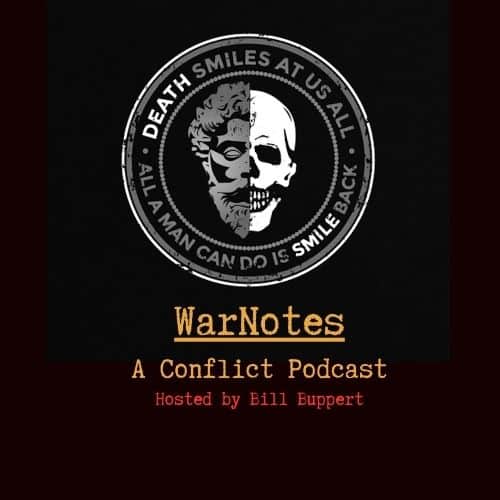Saturday, December 29, 2012
Sandy Hook and Pre-emptive Civilian Disarmament
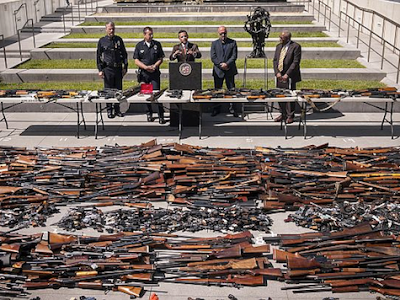
Civilian disarmament advocates insist that the Sandy Hook Elementary School Massacre illustrates the dangers of inadequately restrictive firearms laws. That assumption is impossible to reconcile with the fact that Connecticut’s state government regards individual firearms ownership not as a right but as a highly conditional privilege subject to revocation without notice, on the whim of an unaccountable bureaucrat.
In 1999, the Connecticut legislature enacted Sec. 29-38c, a measure allowing the police to confiscate firearms from anybody believed to pose “a risk of imminent personal injury to himself … or to other individuals.” All that is required is a sworn complaint “by any state’s attorney or assistant state’s attorney or by any two police officers to any judge of the Superior Court.” A warrant will then be issued allowing police to confiscate the firearms and hold them for up to a year.
The gun confiscation measure was enacted in October 1999, about a year and a half after the last pre-Sandy Hook mass shooting to occur in the Nutmeg State. The assailant, Matthew Beck, was an ex-employee of the Internal Revenue Service who at the time was employed as an accountant at the Connecticut Lottery Corporation.
A few months before the March, 1998 massacre, Beck had been granted a medical leave for stress-related symptoms. His application for a promotion had been denied. Several of his co-workers and relatives had become concerned about his emotional state. Some of his close friends believed that Beck suffered from suicidal depression. But nobody had expected that he would arrive at work one morning, take out a Glock, and start gunning down his supervisors.
As is always the case in episodes of this kind, the shooter ended the rampage on his own terms, killing himself before the police arrived. The on-scene security guard was similarly useless: The only aid he provided was to suggest to the victims that they take refuge in a wooded area nearby.

Just weeks after the shooting, State Representative Michael Lawlor introduced the gun confiscation measure.
State police Lieutenant Robert Kiehm explained to the Associated Press that the purpose of the measure is to give police officers the power “to take some proactive steps instead of waiting for something to happen.”
“The value of this law is not so much that police will seize your guns,” Lawlor insisted when it took effect in October 1999. “It gives police a system to investigate a person who poses a threat. If the police never confiscate a person’s guns, they can at least look into the person’s behavior and perhaps prevent a tragedy by intervening.”
During the first decade following its enactment, Connecticut’s gun seizure law resulted in the confiscation of at least 2,000 firearms from people who were never charged with crimes. Nearly all of the seizures followed reports from concerned relatives – generally spouses — of the victims. Attorney Rachel Baird, who has represented a dozen Connecticut residents whose firearms have been confiscated, insists that none of them posed any credible threat to anybody, including themselves.
Lawlor, who is now the state’s Under Secretary for Criminal Justice Policy and Planning, invokes a variation on Dick Cheney’s “One Percent Doctrine” (“Even if there’s just a 1 percent chance of the unimaginable coming due, act as if it’s a certainty”) to justify the gun confiscation program. “Maybe it would have been just a suicide or a single murder of a spouse, but potentially one of these guys along the road could have been a mass shooting,” he told NPR.
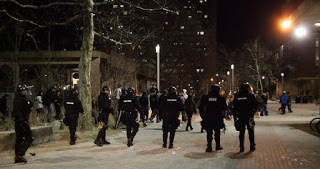
The standard set out in the Connecticut confiscation law – namely, that guns can be seized from anyone who presents “a risk of imminent personal injury to others” – would justify the pre-emptive disarmament of the police force. After all, the police constitute a body of armed individuals who are trained to employ violence and are rarely held accountable for injuring or killing others without a morally sound reason to do so.
If Lawlor’s defense of the measure – that it is justified by the prevention of “just a suicide or a single murder” – were applied seriously, it would buttress the case for disarming the police in Connecticut. Between April and June of 2011, there were four police suicides in Connecticut, a development that prompted authorities to convene a special statewide conference on suicide prevention. That argument is enhanced even further by the case of Hartford Police Officer Robert Lawlor (no relation, as far as I can determine).
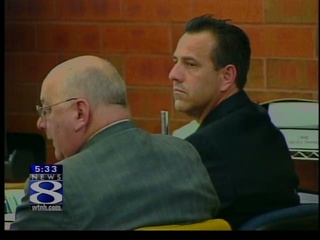 |
| The killer: Robert Lawlor (r.). |
Lawlor strode up to the car, flashed his badge, and ordered the driver, a young man named Brandon Henry, to stop the car and keep his hands in plain sight. He had neither probable cause nor “reasonable suspicion” to justify the contact. A few seconds later, five shots erupted and Henry, in a panic, pulled away in the car. While the officers called for backup, Henry collided into another vehicle before staggering from his car and running away, depositing a bloody trail in his wake.
 |
| The victim: Bryant. |

Content retrieved from: http://freedominourtime.blogspot.com/2012/12/sandy-hook-and-pre-emptive-civilian.html.




